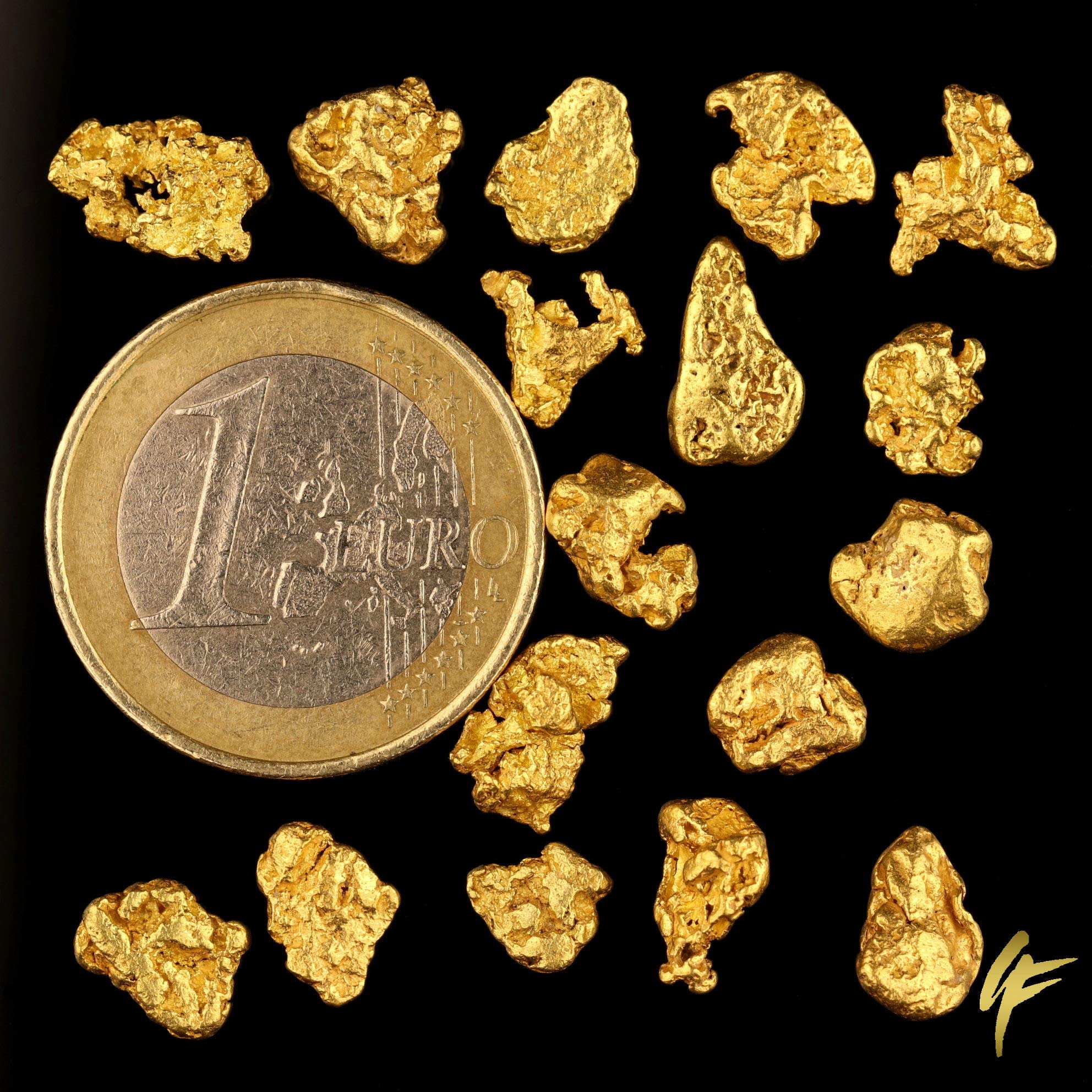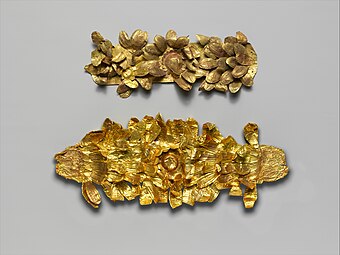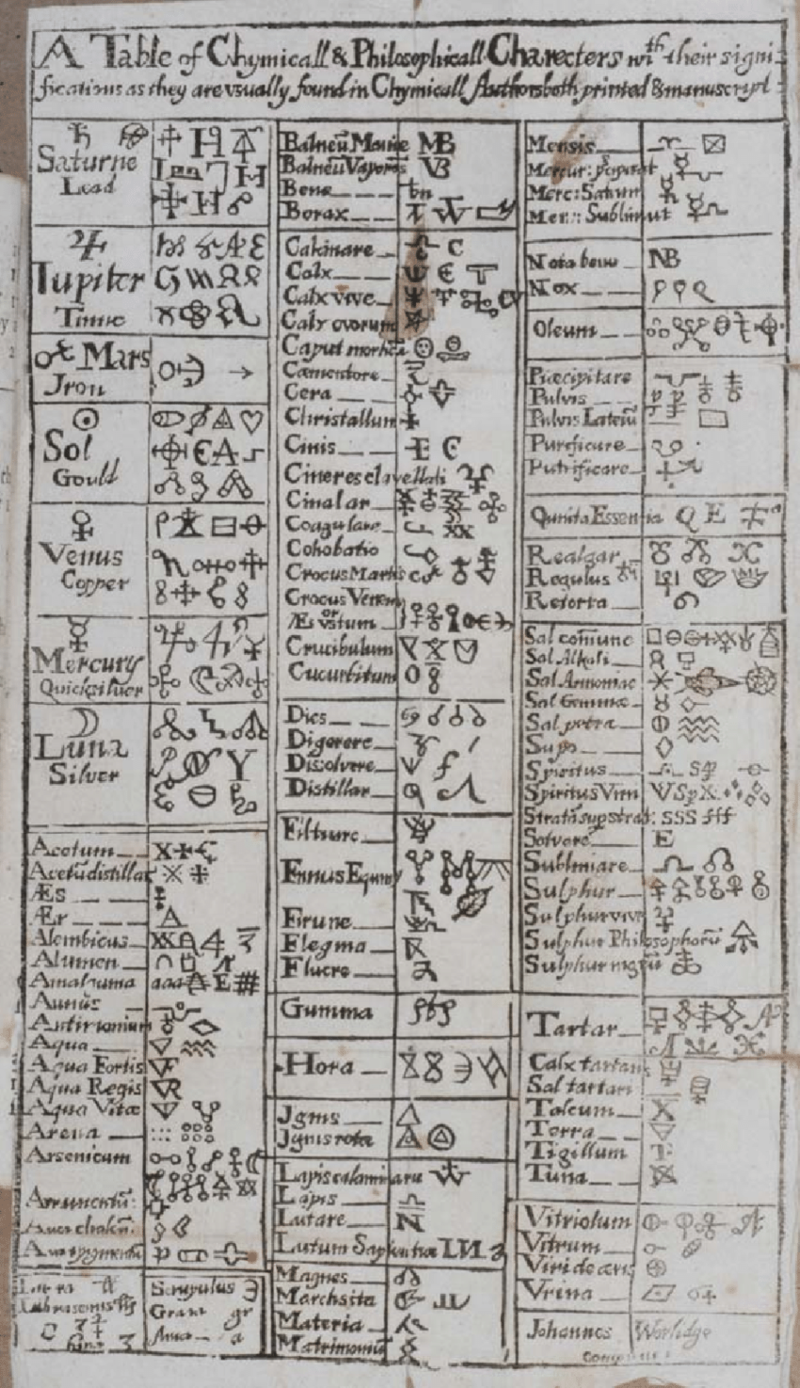Symbolic Gold Au79 Element and Precious Metal Science
Summary
- Gold, symbolized as Au on the periodic table, is a precious metal known for its lustrous yellow color.
- Gold has various isotopes, such as Au-197, Au-195, and Au-198, which affect its properties and uses.
- Gold is widely used in jewelry and coin production and has significant cultural and religious value.
- Gold can be extracted from various sources and has potential extraterrestrial origins. Recycling gold can help mitigate environmental impacts.
Unlocking the secrets behind the enigmatic and precious metal, gold, element Au79, this article delves into the fascinating world of symbolic gold and the scientific wonders it holds.

Elemental Characteristics and Color

Gold, symbolized as Au on the periodic table, is a precious metal known for its lustrous yellow color. It is highly valued in jewelry and coinage due to its rarity and beauty. Gold is a transition metal that is resistant to corrosion and solubility. It can be found naturally in gold mines or extracted from other minerals like tellurium and silver. The fineness of gold refers to its purity, with pure gold being 24 karats.
Colored gold alloys, such as white and rose gold, are created by adding other metals like copper and palladium. Gold is often electroplated onto other materials, creating a thin layer of gold for decorative purposes. Its atomic number is 79, making it one of the heavier elements. Gold has been used for centuries in jewelry and is a symbol of wealth and luxury.
Atomic Structure and Isotopes
The atomic structure of the Symbolic Gold (Au79) element plays a crucial role in its properties and uses. Gold is a transition metal with 79 protons and electrons, and its isotopes have varying numbers of neutrons. Isotopes of gold include Au-197, Au-195, and Au-198. Understanding the atomic structure helps in identifying and distinguishing different forms of gold, such as colored gold and electrum.
Knowing the isotopes is also important in various scientific applications, including research on corrosion and solubility. Additionally, the atomic structure and isotopes of gold relate to other elements like silver, palladium, platinum, and copper, which are often alloyed with gold for jewelry and coin production.
Synthesis and Chemistry

In the world of science, the study of the chemical element gold (Au79) holds immense significance. Researchers have explored various synthesis methods and chemical reactions involving gold, such as its reaction with aqua regia and chloroauric acid. Gold is often alloyed with other metals, like platinum, to enhance its properties and create valuable materials such as electrum. Additionally, gold is widely used in the production of jewelry and coins due to its exceptional fineness and durability. Understanding the chemistry behind gold enables scientists to utilize it in electroplating, mining, and the creation of chemical compounds.
By delving into synthesis and chemistry, researchers can unlock the potential of gold as a precious metal and explore its interactions with various substances.
The Universe's Gold Production
In the realm of science, gold is known for its resistance to corrosion and its ability to conduct electricity. It can be extracted from various sources, such as tellurium and chloroauric acid, and it often forms alloys with other metals like mercury and zinc.
Gold is not only valued for its scientific properties but also for its aesthetic appeal. It has been used to create stunning jewellery pieces, including necklaces and coins, throughout history.
The mining of gold is an important industry, as it involves extracting the precious metal from minerals like hafnium, niobium, and ruthenium. This process requires the use of chemicals such as nitric acid and cyanide.

Theories of Extraterrestrial Origins
Theories of extraterrestrial origins have long fascinated scientists and researchers. One such theory suggests that the Earth's precious metal, gold (Au79), may have originated from outer space. Scientists believe that gold, along with other elements, may have been formed during supernova explosions and then deposited on Earth through meteorite impacts. This theory is supported by the presence of gold in meteorites and the high abundance of gold in Earth's crust.
Understanding the extraterrestrial origins of gold not only sheds light on the Earth's formation, but also has implications for the study of other elements and their origins in the universe. Further research is needed to fully explore the connection between gold and its extraterrestrial origins.
Cultural and Religious Significance

Gold, with its chemical symbol Au79, holds significant cultural and religious value worldwide. It has been revered for centuries and is often associated with wealth, power, and divine qualities. The process of extracting gold from its ore, using techniques such as aqua regia or amalgamation, is a testament to its preciousness. Gold's unique properties, such as its resistance to rust and ability to form alloys, make it highly desirable for jewelry and coins. Its use in electroplating and as a base for chemical substances highlights its versatility.
Gold is also found in various minerals, including hafnium, niobium, and ruthenium. Whether it's a necklace or a chemical compound, gold remains a symbol of beauty, prosperity, and spiritual significance.
Monetary Role and Value
Gold, as a chemical element, holds great monetary value and has been revered for centuries. Its rarity and durability make it a prized precious metal. Gold is often used in the creation of jewelry and coins due to its malleability and resistance to rust. It can also be found in alloys, such as gold-plated jewelry.
The value of gold is determined by its purity and weight, with higher karat gold being more valuable. Gold is often used as a store of value and a hedge against inflation. Its chemical properties make it resistant to corrosion and it can be dissolved in nitric acid. Gold has played a significant role in monetary systems throughout history and continues to be a symbol of wealth and prosperity.
Environmental Impact and Recycling

Symbolic Gold Au79 Element and Precious Metal Science have a significant impact on the environment due to the extraction and mining processes involved. These processes can result in deforestation, habitat destruction, and water pollution. However, recycling gold and other precious metals can help mitigate these environmental impacts.
Recycling precious metals such as gold reduces the need for new mining and extraction, which in turn reduces the associated environmental damage. Additionally, recycling gold requires less energy and water compared to mining and refining processes. By recycling gold, we can conserve natural resources and reduce greenhouse gas emissions.
Furthermore, recycling gold and other precious metals can be economically beneficial. It allows for the recovery of valuable materials from electronic waste, jewelry, and other sources. This not only prevents these materials from ending up in landfills but also provides an opportunity for resource recovery and the creation of new products.
Alchemical and Planetary Representations

Alchemical and planetary representations play a significant role in understanding the symbolism and significance of the element gold (Au79). Throughout history, gold has been associated with the sun, wealth, and transformation. In alchemy, gold is seen as the ultimate goal, representing spiritual enlightenment and the transmutation of base substances into something precious. Planetary representations connect gold to the sun, highlighting its radiance and power. Additionally, gold has been used for centuries in jewelry and coinage due to its durability and beauty.
Its unique properties, including its resistance to corrosion and malleability, make it a valuable component in various alloys. By exploring the alchemical and planetary representations of gold, we gain a deeper understanding of its symbolic and scientific significance.
Gold IRA: Should You Open One To Save For Retirement?


